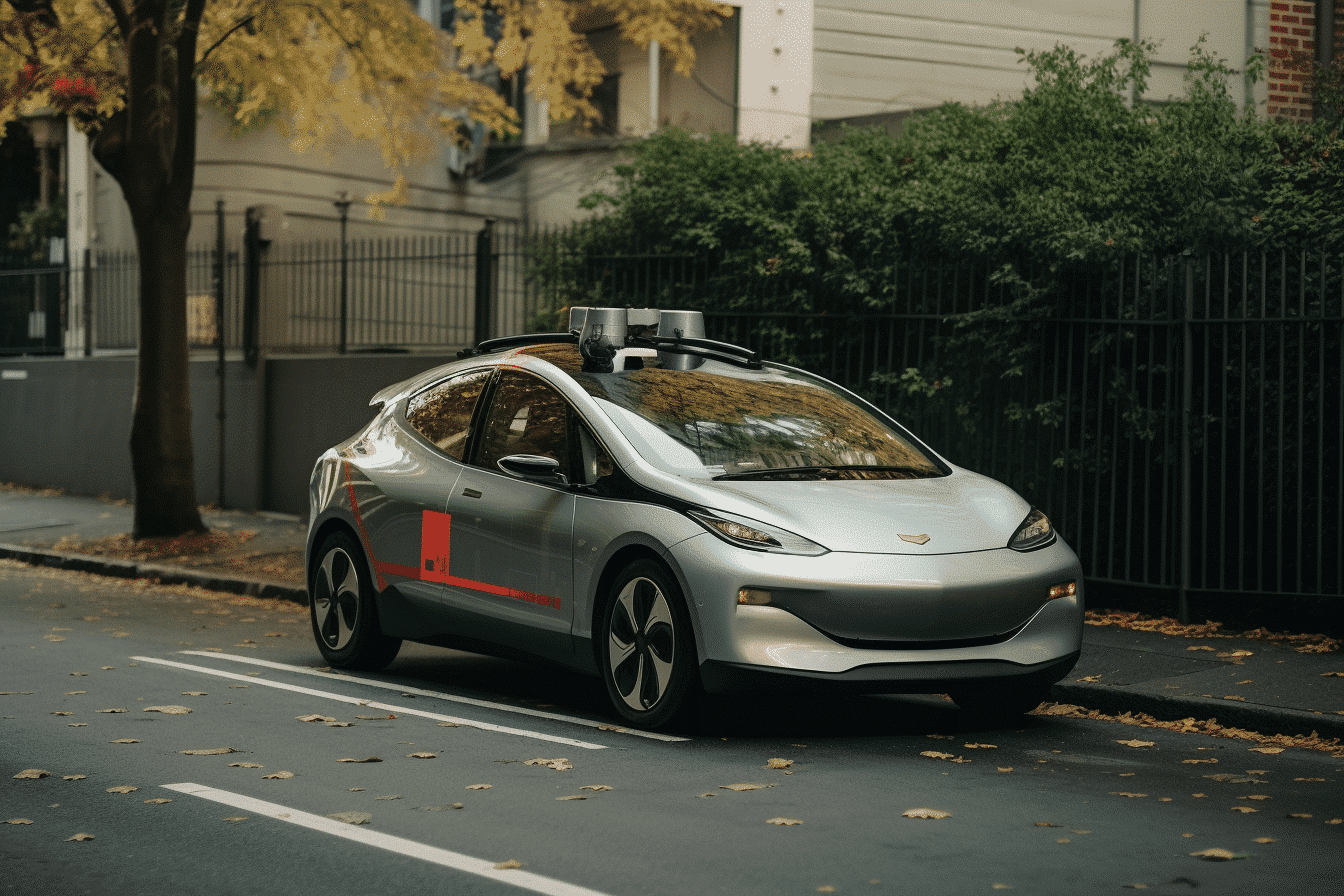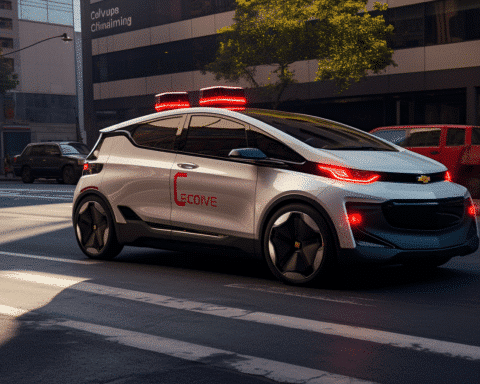The anticipation builds as the approaching cab becomes visible. An uncanny sight I never imagined I’d witness in my years.
This cab comes without a driver. Pausing before me, it beckons me to unlock its door using my smartphone, ready to take me into the embrace of the night.
However, as I’m about to step in, a stranger intervenes.
“It’s a hazard,” he warns. Recalling an incident where someone narrowly escaped a robotaxi accident, he urges caution.
This stranger mirrors the sentiments of a segment in San Francisco, one skeptical of robotaxis. They argue the city is playing a dangerous game, compromising safety.
Taking it a notch higher, activists this summer started immobilizing these cabs using cones in a practice termed “coning”. Videos capturing these acts are making waves online. But the city administration is unwavering in its decision to let these vehicles ply – at least for now.
On August 10, 2023, the California Public Utilities Commission (CPUC) authorized two companies, Waymo and Cruise, to operate round the clock. They were previously permitted only nocturnal operations.
Prior to this approval, the Commission was flooded with six hours of public opinions – a mix of optimism and apprehension.
Traditional cab operators like Uber and Lyft, alarmed by the threat to their livelihood, voiced concerns. “These self-driving taxis will steal jobs. I’m a single mom,” expressed Rosine, a local Uber driver.
Others pinpointed how these robotaxis often malfunctioned, causing obstructions. The city’s fire service blamed these vehicles for 55 obstructions within the year.
Matthew Sutter, another cabbie, stated, “I appreciate tech, but this isn’t matured yet. It’s endangering San Francisco.”
Persons with disabilities raised the pressing issue of accessibility without a human driver. Mara Math from the Paratransit Coordinating Council mentioned how the robotaxi wave might marginalize disabled residents.
But every coin has two sides. George Janku, a local orthopedic surgeon, commented on the responsible behaviour of robotaxis compared to unpredictable human drivers, having seen numerous injuries caused by the latter.
For Jessie Wolinsky, who is visually impaired, robotaxis symbolizes a newfound safety, given her unpleasant experiences with human drivers.
There are also those who appreciate the impartiality of a driverless car like a mother often turned down by drivers seeing her child’s seats.
From my vantage point, I’ve had both good and bad experiences. While many rides were seamless, I once found myself in a robotaxi stranded mid-journey due to navigation woes.
Merely eight days post the CPUC’s decision, a mishap occurred involving a Cruise taxi and a fire engine. This triggered the state motor vehicles department’s demand to cut the number of robotaxis by half.
City Attorney David Chiu urged the CPUC to reconsider, indicating potential threats from unchecked expansion. Nevertheless, both Waymo and Cruise champion their safety records. Waymo claims over two million miles without a pedestrian or cyclist incident. Cruise boasts of three million accident-free miles.
However, for many in San Francisco, these claims are not convincing. In a serene park, I met an anonymous key figure from Safe Street Rebel. They hint at physical AI protests gaining momentum. Their angst is rooted in the administration overlooking their apprehensions. The analogy they draw is with the 19th-century Luddites, who resisted technological changes.
San Francisco stands at an intriguing juncture, aspiring to pioneer tech advancements but also risking alienating its residents. The success of robotaxis hinges on winning the city’s trust. Otherwise, their existence on San Francisco roads remains in jeopardy.
San Francisco, historically a cradle for tech innovation, finds itself grappling with the unforeseen ramifications of its own progress. As robotaxis navigates its streets, the city is at an inflection point, balancing the allure of futuristic transportation with the inherent concerns of its citizenry. The discourse around robotaxis isn’t merely about technology; it’s a reflection of a community’s aspirations, fears, and the shared vision for their city’s future. The outcome of this debate will not only shape San Francisco’s streets but also set a precedent for urban centers worldwide contemplating the next era of transportation.


